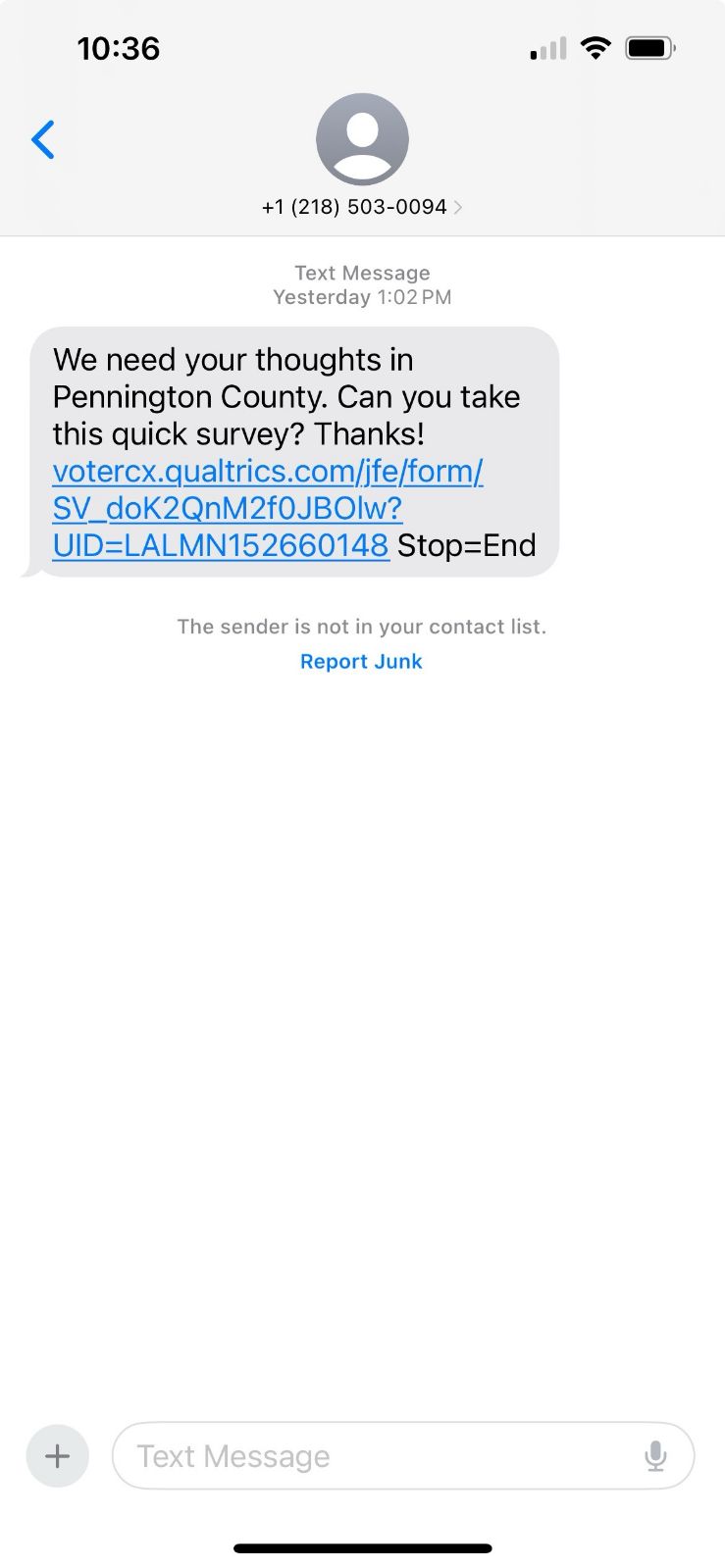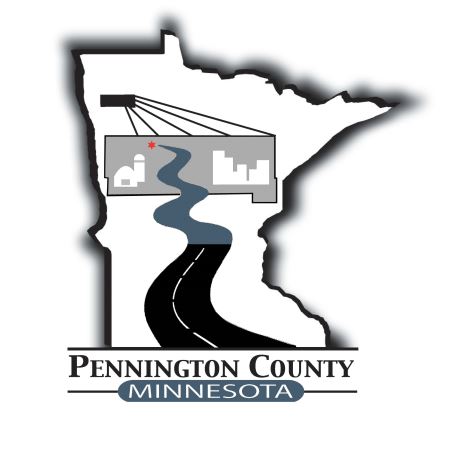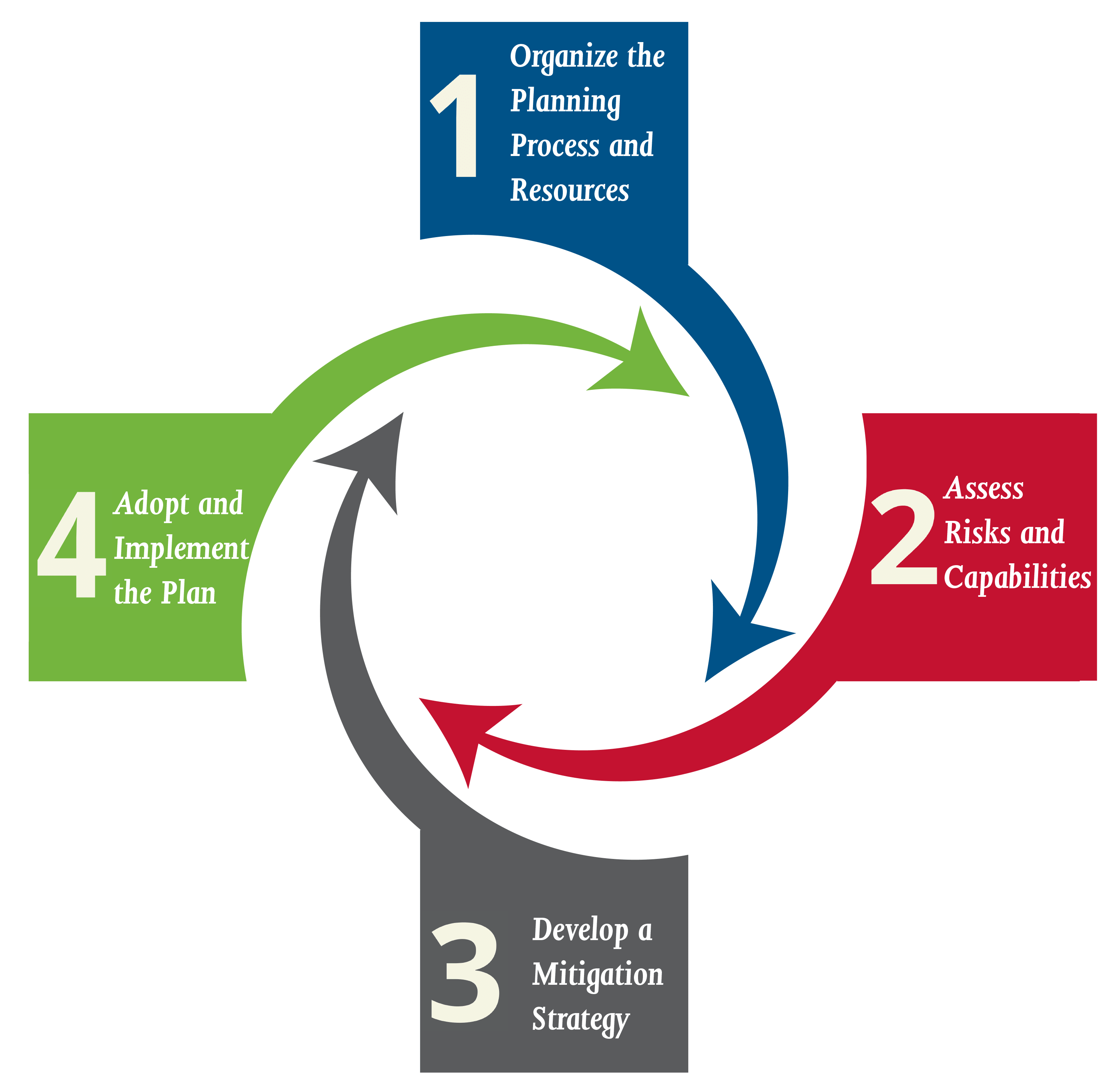Log in
- 218-683-7000
- Mon - Fri 8:00 a.m. - 4:30 p.m.
- Home
- Departments
- Assessor's Office
- Auditor's Office
- Attorney's Office
- District Court
- Economic Development
- Emergency Management
- Extension Office
- GIS Mapping
- Highway Department
- Human Services
- Public Health
- Motor Vehicle Licensing
- Probation / Supervised Release
- Recorder's Office
- Sheriff's Office
- Soil and Water Conservation
- Treasurer's Office
- Veterans Services
- Victim Services
- Government
- How do I...?
- Employment
- Calendar

Welcome to Pennington County, Minnesota.

Welcome to Pennington County, Minnesota.

Welcome to Pennington County, Minnesota.

Welcome to Pennington County, Minnesota.

Welcome to Pennington County, Minnesota.
-
On August 20, 2021, the Minnesota Attorney General’s Office joined the historic $26 billion multi-state settlement agreements with pharmaceutical distributors McKesson, Cardinal Health, and AmerisourceBergen, and opioid manufacturer Johnson & Johnson. This settlement will bring more than $300 million to Minnesota counties and cities with an anticipated spending start date of August 1, 2022.
Pennington County's expected portion of the settlement is $684,371.02
Pennington County is committed to reducing the negative impacts associated with opioid use disorders by convening key sectors on an Advisory Council. The Opioid Settlement Advisory Council will guide the spending of National Opioid Settlement dollars to save lives and prevent further damage.
- For more detailed background on the multi-district litigation (MDL), visit the Minnesota Attorney General’s Office – Fighting the Opioid Epidemic
- Minnesota opioid related data can be found on Minnesota Department of Health’s opioid dashboard.The dashboard contains detailed information on overdose deaths, opioid-related hospital visits, the number of opioid prescriptions dispensed, the prevalence of substance use disorder, and more.
- Johns Hopkins Bloomberg School of Public Health – endorsed by nearly 50 major organizations - created the Guiding Principles to ensure proper spending of opioid litigation funds;
- Principle 1 - Spend the money to save lives.
- Principle 2 - Use evidence to guide spending.
- Principle 3 - Invest in youth prevention.
- Principle 4 - Focus on racial equity.
- Principle 5 - Develop a fair and transparent process for deciding where to spend the funding.
- Download Opioid Principles PDF
- According to the Minnesota Opioids State-Subdivision Memorandum of Agreement (MOA), the Public Health departments shall serve as the lead agency and Chief Strategist to identify, collaborate, and respond to local issues as Local Governments decide how to leverage and disburse Opioid Settlement Funds. In their role as Chief Strategist, public health departments will;
- Convene multi-sector meetings
- Lead efforts that build upon local efforts like Community Health Assessments and Community Health Improvement Plans
- Foster community focused and collaborative evidence-informed approaches that prevent and address addiction across the areas of public health, human services, and public safety.
- Consult with municipalities located within their county in the development of any Community Health Assessment
- Collaborate with law enforcement agencies in the county where appropriate.
- The Council serves to advise the Pennington County Board of Commissioners as to how to most effectively, efficiently, and equitably spend the Opioid Settlement funds awarded. Informed by the MOA, the Council will both recommend the standards by which funds are spent as well as specific projects to be funded via a Request for Proposals (RFP) process.
- Ideal candidates to serve on the Opioid Settlement Advisory Council will;
- Be open to learning and promoting best practices in opioid treatment, recovery, and prevention
- Be champions of the work needing to be done and has the time to commit
- Be familiar with the Request for Proposal (RFP) process
- Help make decisions that guide how funding should be spent
- Have a baseline understanding of the current work and data trends
- Ideal sectors to be represented:
- Legal Professional
- Law Enforcement
- Corrections
- Public Health
- Human Services
- Treatment
- Recovery (individual in recovery or recovery professional)
- Board of Commissioners
- Primary Care
- Community of color and other communities affected by historical patterns of discrimination, such as Indigenous and LGBTQ+
- Education
- Community Member At Large (one per Commissioner district)
- Addiction Medicine
- Emergency Medical Services (EMS)
- Local Municipality (city or township)
- Veteran Services
- Other
- Ideal candidates to serve on the Opioid Settlement Advisory Council will;
-

Public Input Wanted as County
Updates Hazard Mitigation Plan
Pennington County residents, community leaders, business owners, area agencies and organizations now have an opportunity to share how severe weather events impact their property and lives. There is also an opportunity to share their ideas on how to reduce local impacts in the future.
The Pennington County Office of Emergency Management is working with U-Spatial at the University of Minnesota Duluth to update the county’s Hazard Mitigation Plan (HMP). The plan assesses the natural hazards that pose risk to the county, such as tornadoes, straight line winds, ice storms, blizzards, wildfire, flooding, and extreme temperatures and identifies ways to minimize the damage of future events. As the county works to update the plan, it wants to hear from the public.
The Pennington County HMP is a multi-jurisdictional plan that covers Pennington County, including the cities of Goodridge, St. Hilaire, and Thief River Falls. The Pennington County HMP also incorporates the concerns and needs of townships, school districts, and area agencies or organizations participating in the plan. The plan will be updated by a planning team made up of representatives from county departments, local municipalities, school districts and other key stakeholders. When completed, the plan will be submitted to the Minnesota Department of Homeland Security and Emergency Management and the Federal Emergency Management Agency (FEMA) for approval.
“Hazard mitigation planning is a central part of our emergency management program,” said Erik Beitel, Pennington County Emergency Management Director. “Understanding the natural hazards that can cause serious impact to our communities and taking action to reduce or eliminate the impact of future disasters makes us more resilient. Hazard mitigation helps us to break the cycle of damage and repair caused by things like flooding, ice storms, and severe wind events that can damage property, stress economies, and threaten life safety in our county.”
Examples of hazard mitigation include:
• Conducting public outreach on severe weather awareness and preparedness
• Limiting or restricting development in floodplain areas
• Removing existing buildings from flood or erosion prone hazard areas
• Using snow fences to limit blowing and drifting of snow over road corridors
• Constructing tornado safe rooms in vulnerable areas such as mobile home parks
• Burying overhead powerlines that may fail due to heavy snow, ice, or windstorms
Some mitigation activities may be eligible for future FEMA Hazard Mitigation Assistance grant funding.
Public input is an essential part of the plan update. As part of the planning process, Pennington County is seeking
feedback from residents and businesses from across the county to incorporate into the plan:
• What are the natural hazards you feel pose the greatest risk to your community?
• What concerns do you have, and what sorts of actions do you feel would help to reduce damages of future hazard
events in your community or the county as a whole?
Comments, concerns, or questions regarding natural disasters and potential mitigation actions to be included into the plan
update should be submitted to Pennington County Emergency Management by phone, email, or by posting a comment via
a social media posting of this article.
There will be additional opportunities for public feedback throughout the planning process. A draft of the plan will be
made available for public review prior to submission of the plan to the State of Minnesota. Future news releases will be
shared with the media to notify the public of these opportunities.
The Federal Disaster Mitigation Act of 2000 (DMA 2000) requires counties to update their plan every 5 years to maintain
eligibility for FEMA’s Hazard Mitigation Assistance (HMA) grant programs.
Contact
Erik Beitel
Pennington County Emergency Management Director
Phone: (218) 683-7087
Email:This email address is being protected from spambots. You need JavaScript enabled to view it. -

Notice - A text message is going around that gives the appearance it comes from or on behalf of Pennington County. The text has been determined to be spam.
If you receive such text, do not click on the link within it and delete the message.

-

NORTHWESTMINNESOTA HOUSEHOLD HAZARDOUS WASTE MANAGEMENT
P.O. Box 186 Bagley, MN 56621 218-694-2090
Ag Waste Pesticide Collection Schedule For Summer 2024
July 9° 2024
Roseau County Northern Resources Coop
Collection time: 9:00 am -12:00 pm
1504 Center St. Roseau, MN. 56751
July 24th 2024
Kittson County Nutrien Ag Solutions
Collection Time 9:00 am — 12:00 pm 2424 240* St.
Hallock MN. 56728
July 16“ 2024
Polk County CHS Ag Services
Collection Time 9:00 am — 1:00 pm
3035 Hwy. 75 S Crookston, MN.56716
July 18th 2024
Pennington County CHS Ag Services Hazel location
Collection Time 9:00 am — 12:00 pm
17273 Center St. E Thief River Falls, MN. 56701
July 22nd 2024
Marshall County CHS Ag Services
Collection Time 9:00 am — 12:00 pm
747 S Main St. Warren, MN. 56762
-

-
Click Link to view: Recycling Done Right!

-

-

-






